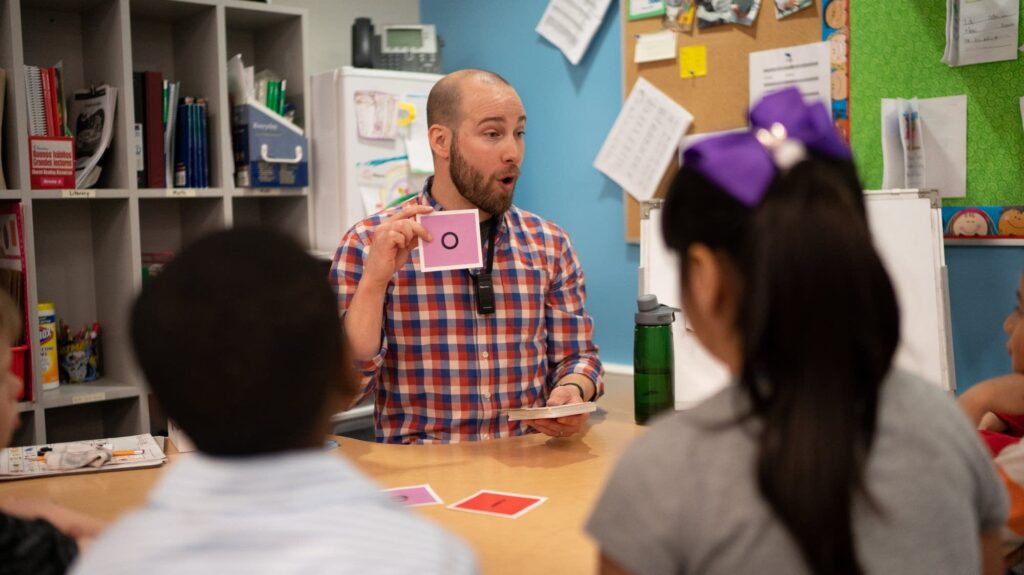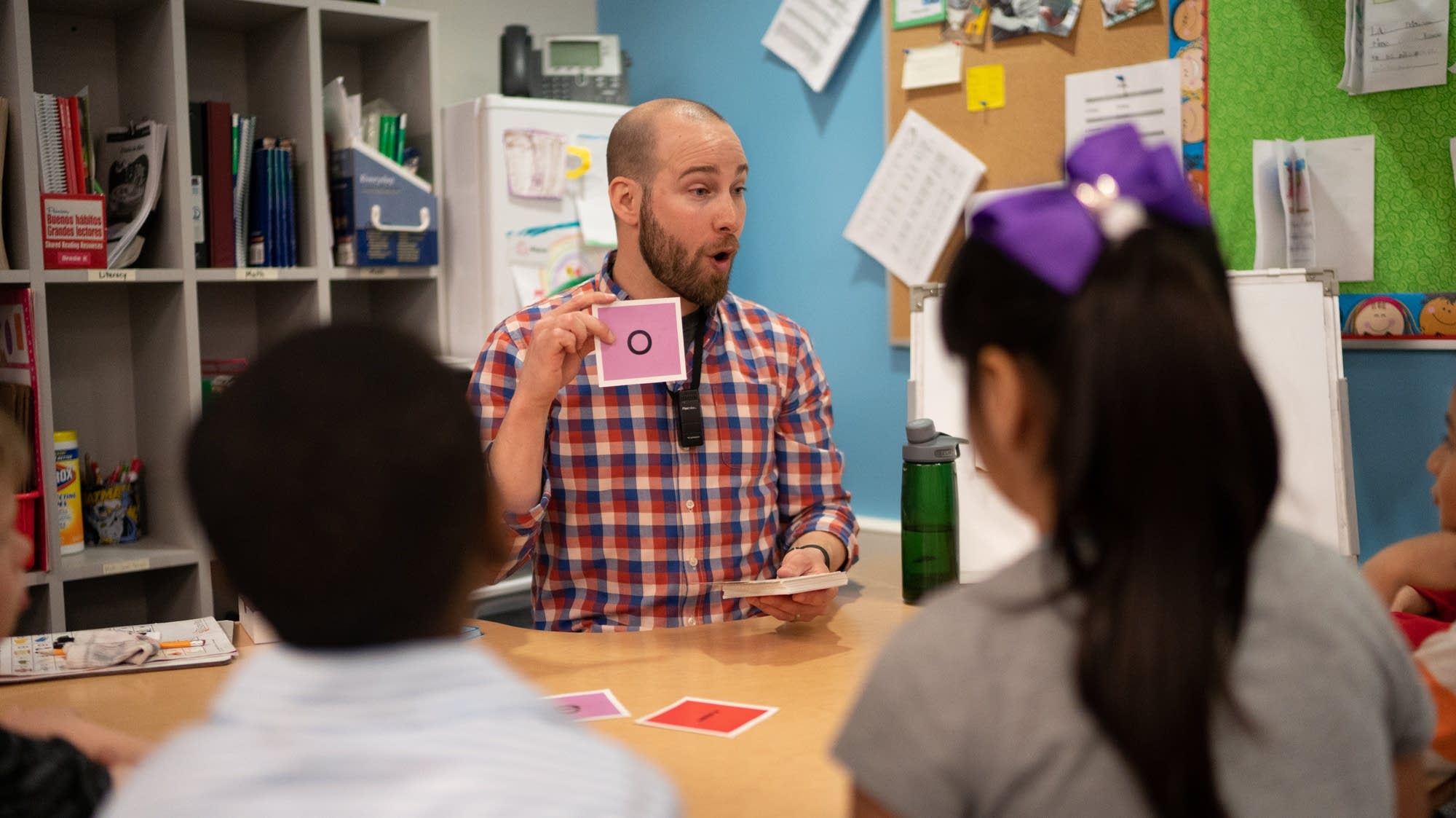
How to Get Suspended From School: Understanding the Risks and Consequences
Navigating the complexities of school life can be challenging. While academic achievement is often the primary focus, understanding the rules and regulations that govern student conduct is equally crucial. A common question, often posed with a mix of curiosity and apprehension, is: how to get suspended from school? This article aims to provide a comprehensive overview of the actions that can lead to suspension, the potential consequences, and the importance of responsible behavior within the school environment.
Understanding School Suspension: A Detailed Overview
School suspension is a disciplinary action taken by educational institutions in response to student misconduct. It involves temporarily removing a student from the school environment, preventing them from attending classes and participating in school activities. Suspension serves multiple purposes, including maintaining order, ensuring the safety of students and staff, and providing an opportunity for reflection and behavioral correction. Before exploring how to get suspended from school, it’s essential to understand the different types of suspension and the underlying rationale.
Types of Suspension
- In-School Suspension (ISS): This involves isolating the student within the school premises, often in a designated room, where they can complete assignments under supervision. ISS allows the student to remain connected to their education while facing disciplinary consequences.
- Out-of-School Suspension (OSS): This involves removing the student from the school premises entirely. The student is prohibited from attending classes, participating in extracurricular activities, or being on school grounds during the suspension period. OSS is generally reserved for more serious offenses.
- Emergency Suspension: This is an immediate suspension implemented when a student poses an immediate threat to the safety and well-being of themselves or others. Emergency suspensions are typically short-term and followed by a more formal disciplinary process.
The Rationale Behind Suspension
Schools implement suspension policies to maintain a safe and orderly learning environment. Suspension serves as a deterrent to misconduct, sending a clear message that certain behaviors are unacceptable and will not be tolerated. It also provides an opportunity for students to reflect on their actions and develop strategies for making better choices in the future. Additionally, suspension can protect other students and staff from potential harm or disruption. Understanding the severity of how to get suspended from school is critical for all students.
Common Offenses Leading to Suspension
While the specific rules and regulations vary from school to school, certain behaviors are consistently identified as grounds for suspension. These offenses typically involve violations of school policies, codes of conduct, or legal statutes. Knowing these offenses is key to avoiding the question of how to get suspended from school.
Academic Dishonesty
Academic dishonesty encompasses a range of behaviors that undermine the integrity of the educational process. Plagiarism, cheating on exams, and submitting work that is not one’s own are all considered serious offenses. Schools typically have strict policies against academic dishonesty, and suspension is a common consequence.
Disruptive Behavior
Disruptive behavior interferes with the learning environment and can prevent other students from focusing on their studies. Examples of disruptive behavior include excessive talking, insubordination, and defiance of authority. While minor instances of disruptive behavior may be addressed with less severe disciplinary measures, repeated or egregious acts of disruption can lead to suspension. Intentionally trying how to get suspended from school through disruptive behavior is not advisable.
Bullying and Harassment
Bullying and harassment are serious forms of misconduct that can have a devastating impact on victims. Bullying involves repeated and intentional acts of aggression, while harassment encompasses any behavior that creates a hostile or intimidating environment. Schools are committed to preventing and addressing bullying and harassment, and suspension is often used as a disciplinary tool.
Fighting and Violence
Fighting and violence are strictly prohibited in schools. Engaging in physical altercations or threatening others with violence can result in immediate suspension. Schools have a zero-tolerance policy for violence to ensure the safety of all students and staff. This is a surefire way concerning how to get suspended from school, but with serious legal ramifications.
Possession of Weapons or Illegal Substances
Possessing weapons or illegal substances on school grounds is a serious offense that can lead to severe consequences, including suspension and expulsion. Schools have a responsibility to maintain a safe and drug-free environment, and strict measures are taken to enforce these policies. Asking how to get suspended from school and then bringing a weapon is a terrible idea with criminal consequences.
Theft and Vandalism
Theft and vandalism involve the unauthorized taking or damaging of school property or the property of others. These offenses can result in suspension, as well as potential legal charges. Schools take property damage and theft very seriously.
Cyberbullying
Cyberbullying, using electronic communication to bully or harass someone, is increasingly prevalent. Schools often address cyberbullying incidents, even if they occur off-campus, if they impact the school environment. Suspension can be a consequence of cyberbullying.
The Suspension Process: What to Expect
The suspension process typically involves several steps, beginning with an investigation of the alleged misconduct. The school administration will gather information from witnesses, review evidence, and provide the student with an opportunity to explain their side of the story. If the administration determines that the student has violated school policy, they will issue a suspension notice. Understanding the process is important, even if you’re just curious about how to get suspended from school.
Investigation and Evidence Gathering
The school administration will conduct a thorough investigation to determine the facts of the case. This may involve interviewing witnesses, reviewing video footage, and examining any other relevant evidence. The goal is to gather as much information as possible to make an informed decision.
Notification and Due Process
Students have a right to due process, which means they are entitled to fair treatment and an opportunity to be heard before being suspended. The school administration must provide the student with written notice of the suspension, including the reasons for the suspension and the length of the suspension period. The student also has the right to appeal the suspension decision.
Appeal Process
Most schools have an appeal process that allows students to challenge the suspension decision. The appeal process typically involves submitting a written statement outlining the reasons for the appeal and presenting any additional evidence that supports the student’s case. The appeal is then reviewed by a higher authority, such as the principal or superintendent.
Consequences of Suspension: Beyond the Immediate
The consequences of suspension extend beyond the immediate removal from school. Suspension can have a significant impact on a student’s academic performance, social relationships, and future opportunities. Considering these consequences is crucial before even contemplating how to get suspended from school.
Academic Impact
Suspension can disrupt a student’s learning and lead to academic setbacks. Students who are suspended miss valuable class time and may fall behind in their studies. It can be challenging to catch up on missed material, and suspension can negatively affect a student’s grades.
Social and Emotional Impact
Suspension can also have a negative impact on a student’s social and emotional well-being. Being suspended can be embarrassing and isolating, and it can damage a student’s reputation among their peers. Suspension can also lead to feelings of anger, resentment, and frustration. The question of how to get suspended from school should be weighed against these potential emotional costs.
Long-Term Consequences
In some cases, suspension can have long-term consequences. Suspension records can be included in a student’s permanent school record, which may be reviewed by colleges or employers. Repeated suspensions can also lead to expulsion, which can make it difficult for a student to continue their education. The seemingly simple question of how to get suspended from school can have serious repercussions.
Alternatives to Suspension: Promoting Positive Behavior
Many schools are exploring alternatives to suspension that focus on promoting positive behavior and addressing the underlying causes of misconduct. These alternatives aim to keep students in school while providing them with the support and resources they need to make better choices. Instead of focusing on how to get suspended from school, students should explore ways to improve their behavior.
Restorative Justice
Restorative justice is an approach to discipline that focuses on repairing harm and restoring relationships. It involves bringing together the offender, the victim, and other members of the school community to discuss the impact of the offense and develop a plan for making amends.
Counseling and Support Services
Schools can provide counseling and support services to students who are struggling with behavioral issues. These services can help students identify the underlying causes of their behavior and develop strategies for managing their emotions and making better choices.
Positive Behavioral Interventions and Supports (PBIS)
PBIS is a framework for creating a positive and supportive school environment that promotes positive behavior. It involves teaching students about expected behaviors, providing positive reinforcement for good behavior, and addressing problem behaviors in a consistent and supportive manner.
Conclusion: Choosing Responsible Behavior
While the question of how to get suspended from school may arise from curiosity or a misguided attempt to challenge authority, it’s essential to understand the serious consequences that can result from suspension. Choosing responsible behavior, respecting school rules, and seeking help when needed are the best ways to ensure a positive and successful school experience. Instead of focusing on how to get suspended from school, students should prioritize their education and well-being.
[See also: School Disciplinary Procedures]
[See also: Student Rights in School]
[See also: Bullying Prevention Strategies]

